FOXO-regulated DEAF1 controls muscle regeneration through autophagy
- PMID: 38963021
- PMCID: PMC11587838
- DOI: 10.1080/15548627.2024.2374693
FOXO-regulated DEAF1 controls muscle regeneration through autophagy
Abstract
The commonality between various muscle diseases is the loss of muscle mass, function, and regeneration, which severely restricts mobility and impairs the quality of life. With muscle stem cells (MuSCs) playing a key role in facilitating muscle repair, targeting regulators of muscle regeneration has been shown to be a promising therapeutic approach to repair muscles. However, the underlying molecular mechanisms driving muscle regeneration are complex and poorly understood. Here, we identified a new regulator of muscle regeneration, Deaf1 (Deformed epidermal autoregulatory factor-1) - a transcriptional factor downstream of foxo signaling. We showed that Deaf1 is transcriptionally repressed by FOXOs and that DEAF1 targets to Pik3c3 and Atg16l1 promoter regions and suppresses their expression. Deaf1 depletion therefore induces macroautophagy/autophagy, which in turn blocks MuSC survival and differentiation. In contrast, Deaf1 overexpression inactivates autophagy in MuSCs, leading to increased protein aggregation and cell death. The fact that Deaf1 depletion and its overexpression both lead to defects in muscle regeneration highlights the importance of fine tuning DEAF1-regulated autophagy during muscle regeneration. We further showed that Deaf1 expression is altered in aging and cachectic MuSCs. Manipulation of Deaf1 expression can attenuate muscle atrophy and restore muscle regeneration in aged mice or mice with cachectic cancers. Together, our findings unveil an evolutionarily conserved role for DEAF1 in muscle regeneration, providing insights into the development of new therapeutic strategies against muscle atrophy.Abbreviations: DEAF1: Deformed epidermal autoregulatory factor-1; FOXO: Forkhead box O; MuSC: Muscle Stem Cell; PAX7: Paired box 7; PIK3C3: Phosphatidylinositol 3-kinase catalytic subunit type 3.
Keywords: Autophagy; Deaf1; FOXO; cancer cachexia; muscle; sarcopenia.
Conflict of interest statement
No potential conflict of interest was reported by the author(s).
Figures
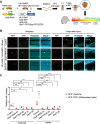
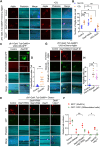
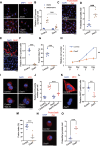
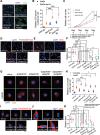

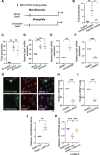



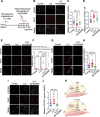
References
Publication types
MeSH terms
Substances
LinkOut - more resources
Full Text Sources
Other Literature Sources
